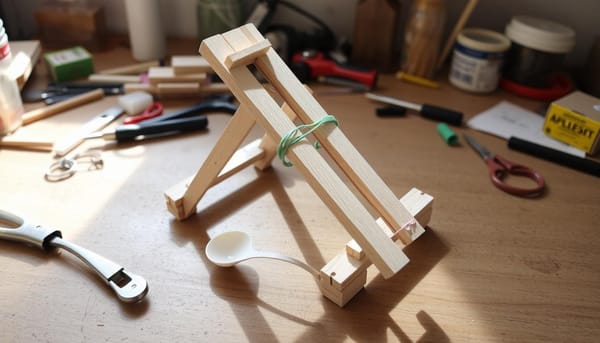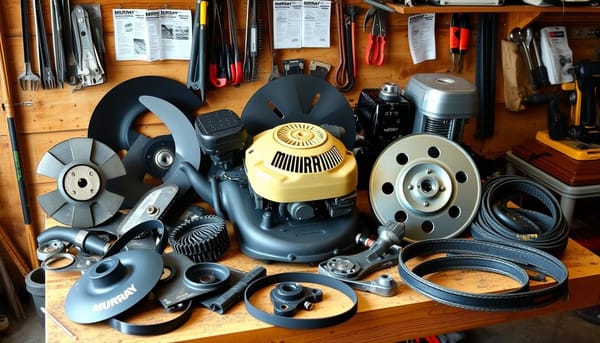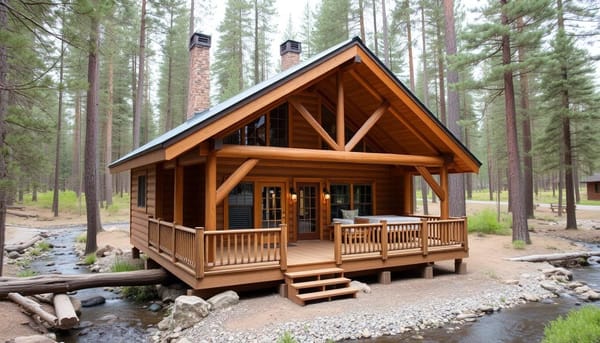DIY Jewelry: Easy Homemade Accessories Guide

Making your own jewelry is a fun and rewarding hobby. It lets you show off your style and make one-of-a-kind accessories. Whether you're new or have experience, DIY jewelry offers endless creative possibilities. You can make everything from simple beaded bracelets to detailed wire-wrapped pendants.
Jewelry making is fun for all ages and skill levels. It's a great way to be creative, try new things, and make beautiful accessories that are all your own. Plus, it's affordable, so you can spend more time making jewelry than money.
In this guide, we'll cover the basics of DIY jewelry making. You'll learn about the tools and materials you need. We'll talk about everything from essential hand tools to beads, findings, and cords. You'll get the skills to make simple bracelets, wire-wrapped pendants, and even leather earrings.
Essential Tools and Materials for Jewelry Making
Making beautiful jewelry needs the right tools and materials. Whether you're new or experienced, the right tools make a big difference. Let's look at the basic tools for jewelry making, key findings, and storage to make your work easier.
Basic Hand Tools for Beginners
Every jewelry maker starts with versatile pliers. Needle-nose pliers are great for wire work, and round-nose pliers make loops. Don't forget wire cutters for clean cuts. These tools are essential for starting your jewelry-making journey.
Essential Findings and Components
Jewelry findings like clasps and jump rings are crucial. Try different materials like silver-plated and gold-filled for durability. Beads, from glass to gemstones, offer endless design options. Use jewelry wire, beading wire, and cords to complete your designs.
Storage and Organization Solutions
As you make more jewelry, tools and materials can pile up. Get smart storage and organization solutions like bead organizers. They keep your space tidy and your tools in good shape.
Building a good jewelry making toolkit opens up many techniques. Start with the basics and grow your collection as you get better. Remember, the key is to begin with the basics and expand as you gain confidence.
Getting Started with Basic Jewelry Techniques
Jewelry making is an ancient art that has fascinated people for over 100,000 years. It's perfect for beginners and experienced crafters alike. In this section, we'll cover the essential techniques to start your DIY jewelry adventure.
Beading Basics
Beading is a great starting point. It lets you play with different materials, colors, and patterns. Learning to string beads, make simple loops, and use crimps is key.
Wire Wrapping
Wire wrapping lets you shape wire to add unique touches to your jewelry. It's a versatile technique that can make your designs stand out.
Knotting Methods
Knotting is crucial for working with cord or thread. Knowing how to tie knots like the overhand and figure-eight can make your jewelry sturdy and stylish.
As you try out these jewelry making techniques, don't be afraid to experiment. Try different materials like leather and polymer clay. This will help you find your own style and make your jewelry truly unique.
| Essential Tools for Jewelry Making | Description |
|---|---|
| Wide Nose Pliers | Used for opening and closing jump rings, bending wire, and shaping components. |
| Flush Cutters | Ideal for trimming wire and cutting jump rings to size. |
| Looping Pliers | Helps create consistent, even loops in wire and findings. |
| Bent Chain Nose Pliers | Allows for precise manipulation and shaping of wire and components. |
| Chasing Hammer | Used for forming metal, texturing, and creating dimensional elements. |
| Rotary Rock Tumbler | Polishes and finishes metal components, giving them a professional look. |
Mastering these basic jewelry making techniques will give you a solid base for making beautiful accessories. Whether you're into beading basics, wire wrapping, or knotting methods, the most important thing is to keep practicing. Enjoy the process and let your creativity show in your unique jewelry pieces.
https://www.youtube.com/watch?v=8AXtIYyJ6jg&pp=ygUMI2pld2VsbGVyeWRl
Popular DIY Jewelry Projects for Beginners
Making your own jewelry is fun and rewarding. You can start with simple beaded bracelets or try more complex wire-wrapped pendants. There are many beginner-friendly projects to explore.
Simple Beaded Bracelets
Making beaded bracelets is easy and fun. You need colorful beads, elastic cord or jewelry wire, and basic tools. It's a great way to play with colors and patterns, making jewelry that shows your style.
Wire-Wrapped Pendants
Wire-wrapped pendants are a great challenge for beginners. You can use stones, beads, or objects to create beautiful pendants. This project teaches you about metalsmithing and lets you make unique jewelry.
Easy Leather Accessories
Leather jewelry is popular for its rustic charm. You can make earrings or bracelets using leather. It's a versatile material that lets you try different techniques, like cutting and assembling. Aleene's Leather & Suede Glue helps you bring your ideas to life.
These are just a few projects for beginners. You can also try macramé bracelets, polymer clay charms, and tassel earrings. Whether you like beadwork, wire wrapping, or leather, there's a project for you.
| Project | Materials | Techniques |
|---|---|---|
| Simple Beaded Bracelets | Beads, elastic cord, jewelry wire | Stringing, knotting |
| Wire-Wrapped Pendants | Undrilled stones, focal beads, jewelry wire | Wire wrapping, metalsmithing |
| Easy Leather Accessories | Leather, Aleene's Leather & Suede Glue | Cutting, punching, assembling |
Working with Different Materials
Jewelry making is an art that lets you try many materials. You can use glass beads for their shine or wooden accents for a natural look. Each material, like glass, wood, metal, and gemstones, brings its own feel and color to your work.
Jewelry wire, in various gauges and metals, is the backbone of your pieces. It can be copper, silver, or gold-filled. This wire helps hold your designs together.
For a bohemian vibe, leather and suede cords are great. They add a rough, yet elegant feel to your jewelry. Polymer clay lets you make unique charms and pendants, showing off your creativity.
Resin is another exciting material. It lets you create pendants that look amazing and are one-of-a-kind. Using different materials helps you find your own style in jewelry making.
Whether you love the modern look of metal jewelry, the natural beauty of beading supplies, or the endless options of polymer clay, trying new things is key. It opens up a world of creativity in your jewelry designs.
FAQ
What are the benefits of DIY jewelry making?
DIY jewelry making lets you express your creativity and make unique accessories. It's great for all skill levels, offering a fun and affordable way to make stylish jewelry.
What are the essential tools for jewelry making?
You'll need needle nose pliers, round nose pliers, and wire cutters as basic tools. Don't forget clasps, jump rings, headpins, and earring hooks. For beads, you can use glass, plastic, gemstones, or pearls. Wire, beading wire, and cords are also key for different projects.
What are the fundamental jewelry making techniques?
Key techniques include stringing beads, making simple loops, and working with jump rings. You'll also learn wire wrapping, knotting, and crimping. Mastering these basics is essential for more complex projects.
What are some popular DIY jewelry projects for beginners?
Beginners often start with beaded bracelets, wire-wrapped pendants, and leather accessories. Projects like macramé bracelets, polymer clay charms, and tassel earrings introduce new techniques and materials.
What materials can be used in jewelry making?
Jewelry making uses a wide variety of materials. You can work with beads made from glass, wood, metal, and gemstones. Other materials include wire, leather, suede, polymer clay, and resin. Trying different materials helps you find your style.
How can jewelry making be organized and streamlined?
Use bead organizers and design boards to keep your workspace tidy. Investing in quality tools and materials will improve your results and make your jewelry last longer.
Fyxes
Thoughts, stories and ideas.




